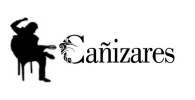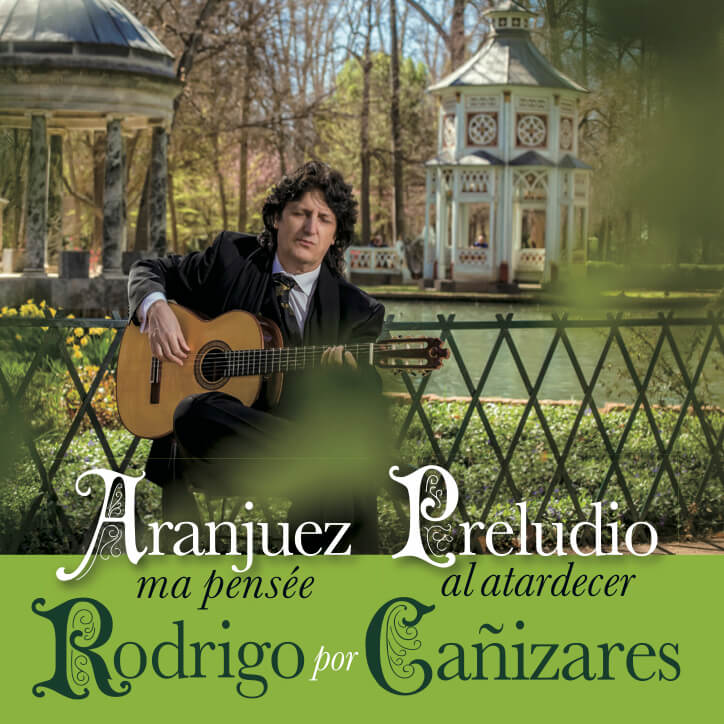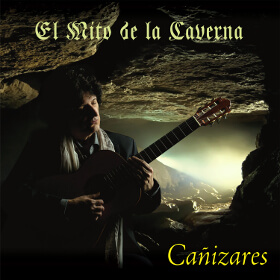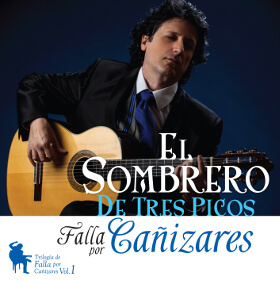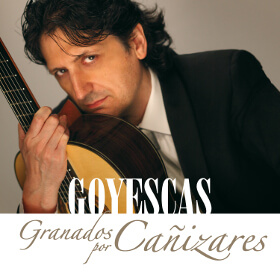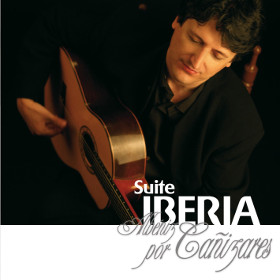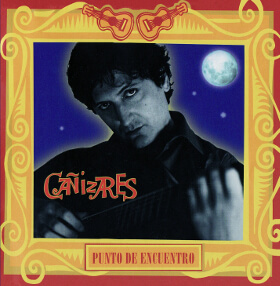CUERDAS EL ALMA (Strings of the Soul)
2010 SONY-BMG Spain
“This is an artist with deep musical roots who seems to live inside a guitar, from where he witnesses, with inexhaustible curiosity, the world around him”. These words were written by critic and music expert Juan Ángel Vela del Campo in the booklet included in Cuerdas del alma (Strings of the Soul), the new album by Cañizares, where he adds: “His overwhelming technical formation helps him face his creations with great sense of liberty and fantasy”.
That’s an excellent way to describe Cañizares, a reference artist in Flamenco guitar and in Spanish music. His roots, curiosity, technical formation, liberty and fantasy are qualities that add impressive flair in Cañizares’ music. He’s an artist who easily moves from Flamenco to classical music to jazz to pop, a diversity of rhythms and influences he showed his audience in the extensive number of concerts he performs all around the world, from Carnegie Hall in New York to the shows he played at Quirinale Palace in Rome and at the World Exposition in Aichi, Japan. All these influences are present in his new record Cuerdas del alma (Strings of the Soul), to be released on September 14, 2010. This is Cañizares’ new Flamenco album, a release that follows Suite Iberia, where he created the first adaptation for guitar of the famous composition by Albéniz, with which he obtained the Spanish National Music Award (Premio de la Música) in 2008.
Cuerdas del alma (Strings of the Soul) starts with the song of the same title as the album, a rumba where Cañizares’ guitar joins the sounds of the bass played by Íñigo Goldaracena, percussion by Yoel Páez and clapping by Rafa Villalba, Ángel Muñoz and Charo Espino, the same musicians who participated in the rest of the album. After that first song we find El abismo, where he shows an amazing demonstration of technical giftedness and harmonic renovation, Collar de perlas, a surprising “alegría”-style that surprises audiences from the first notes and the ballad Lejana, with an impressive guitar sound, a demonstration of his Cañizares’ masterful play of tremolo rhythm and a deep lyricism. Later we are once again surprised thanks to Mar Caribe, a guajira-style song filled with an inspired melody that takes us closer to popular Latin American music, Puente arpegiado, a tango featuring another amazing and highly original intro that shapes the whole composition, and Lluvia sin nubes, a song that fits into the “soleá and bulerías” style which represents a perfect example of sensitivity and affectedness in musical craftsmanship. The album continues with Palomas, a waltz supported by the sound of castanets played by Charo Espino and by the spectacular sound of guitars, whose rhythm seems to evolve around an intricate musical labyrinth. The final track in Cañizares’ new album is Añorando el presente, a musical fantasy created to be played with Flamenco guitars that wraps the whole record, as we enjoy Cañizares, Splaying on his own, this song that is a call to tranquility.
“In this album, Cañizares does a work of summary that does not represent a step back but an enrichment of all he has previously lived”, Vela del Campo says. Each one of his records is a true timeless gem that goes well beyond fashions and styles. His music is poised to last forever as it gets better and wiser as time passes. For that reason, each new release by Cañizares is an important musical event.
